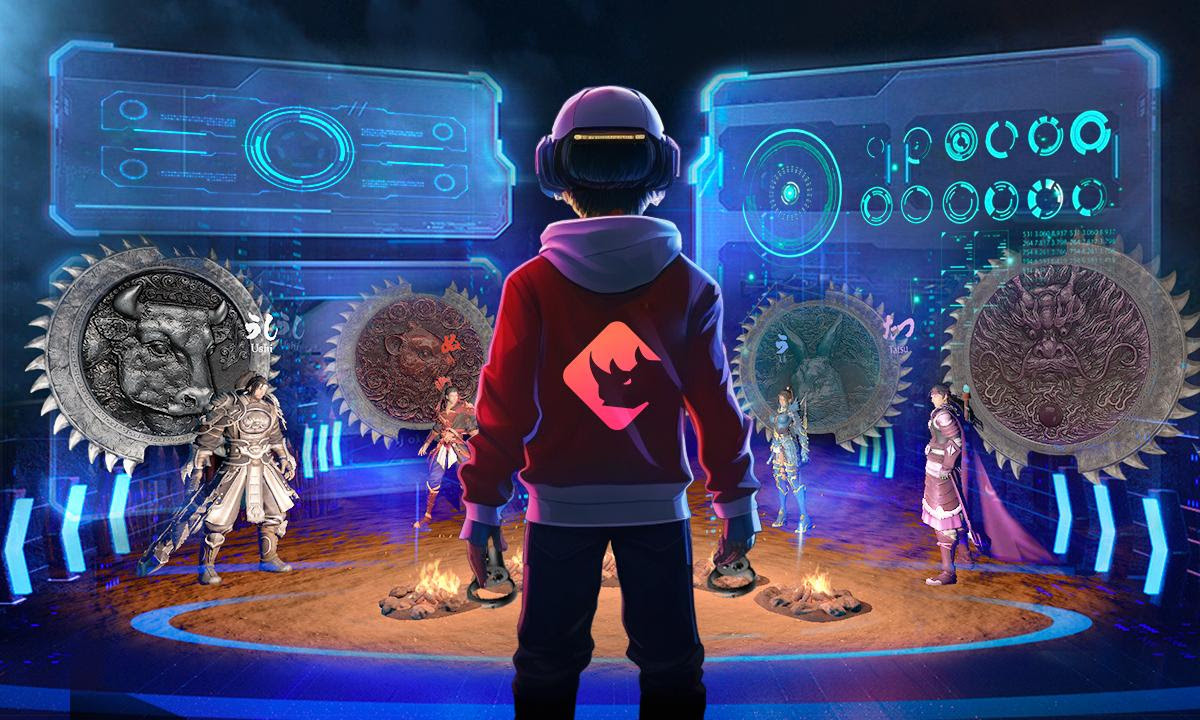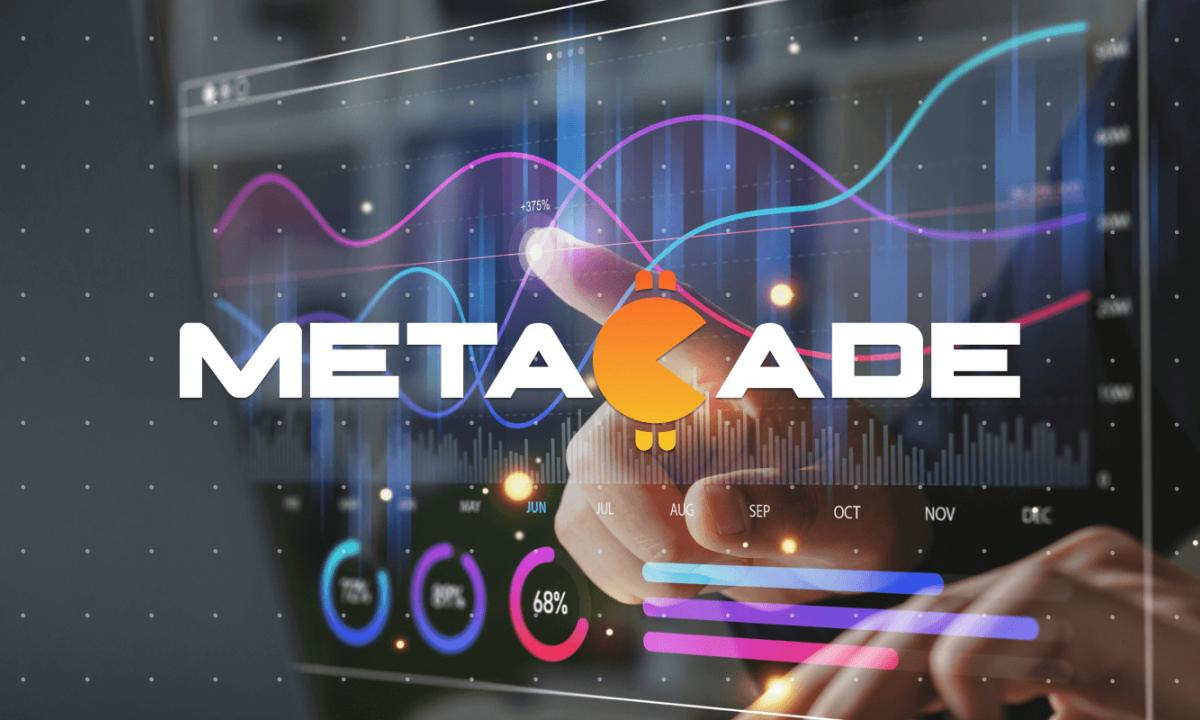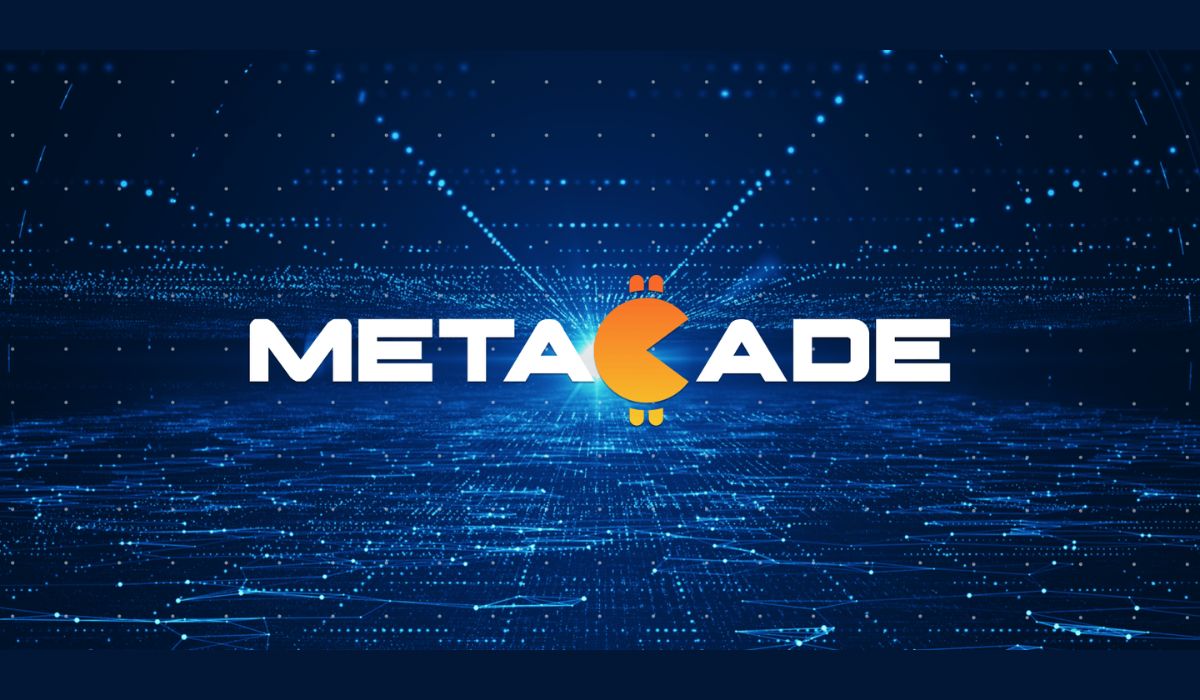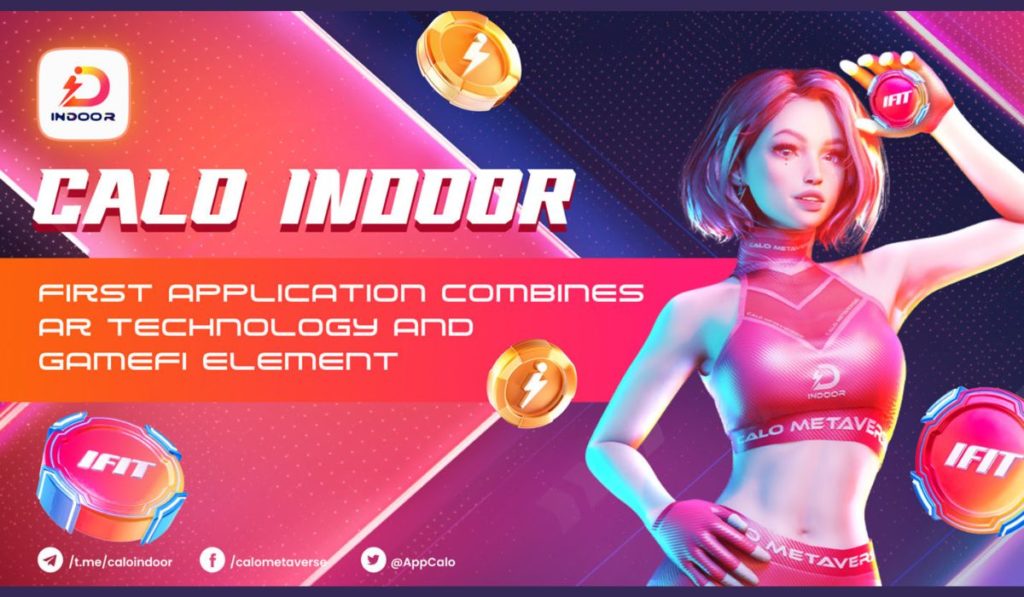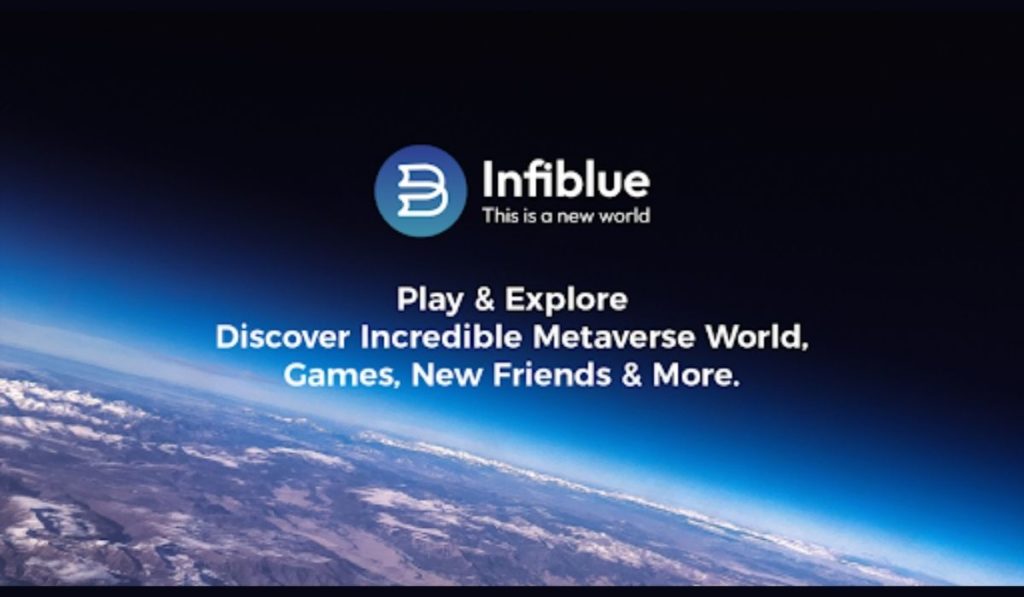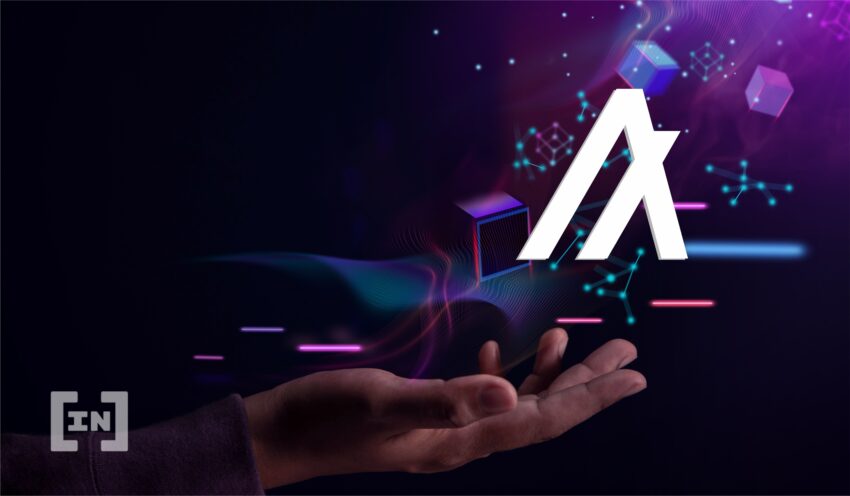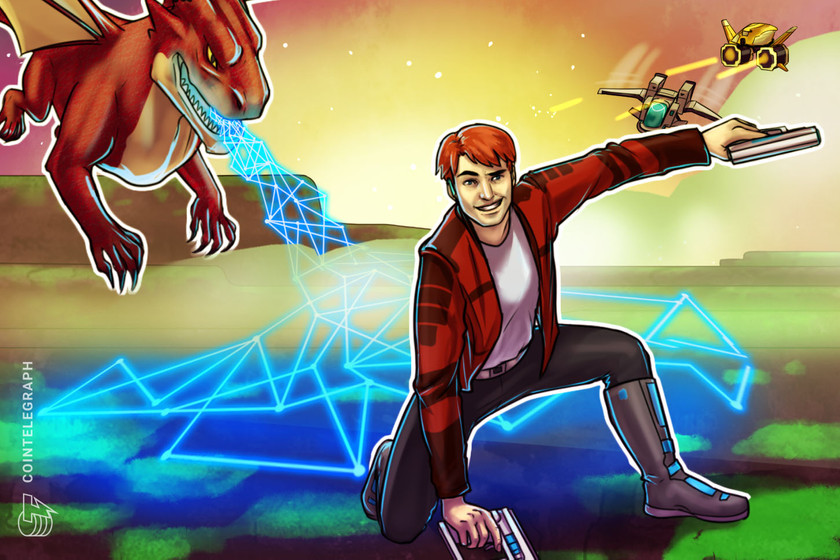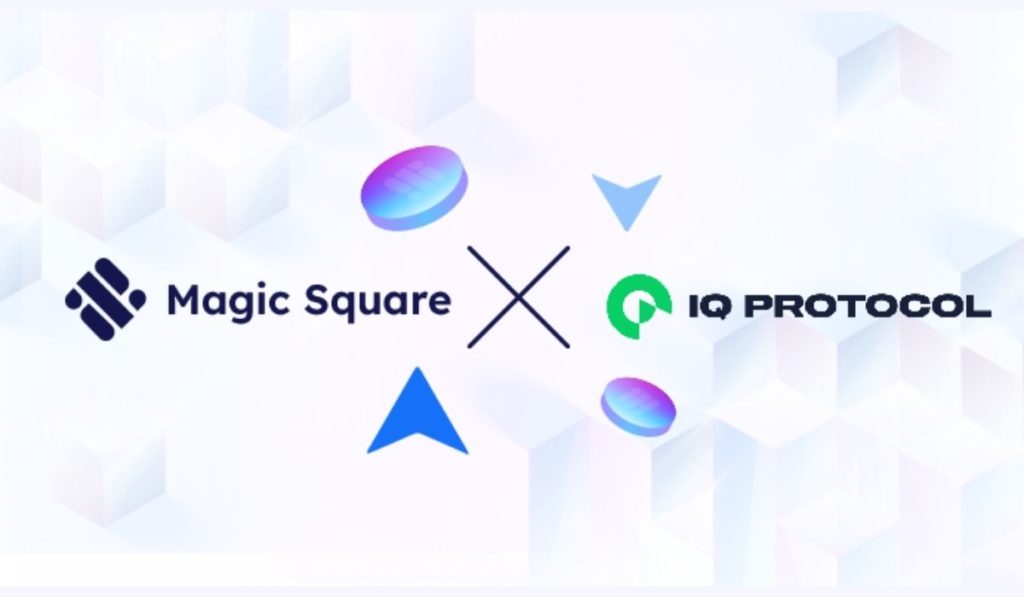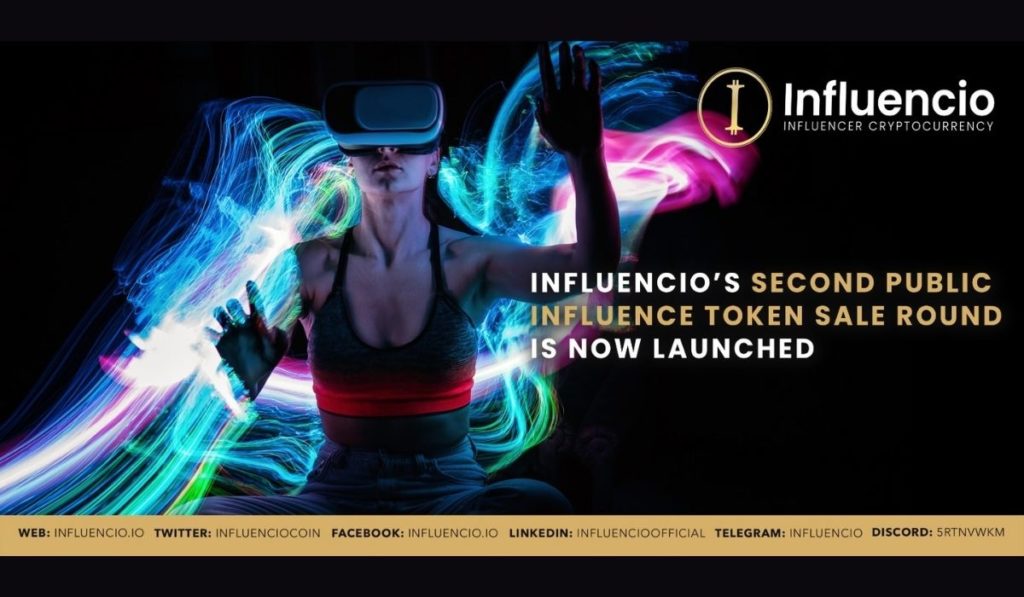2023-9-15 18:55 |
Although it’s impossible to predict the future, the onslaught of technological advances we have witnessed in recent years suggests blockchain-powered games will play a major role in the gaming landscape in years to come.
While gaming has always been immersive, entertaining and, yes, addictive, the ability to furnish players with tangible economic opportunities and rewards has turned a fun pastime into a career for many. This development is something even the PlayStation pioneers couldn’t have predicted.
So often linked to the fortunes of the wider cryptocurrency market, the exciting realm of GameFi (Gamified Finance) and the metaverse is, in fact, its own thing, representing a paradigm shift in both gaming and finance. Indeed, future generations of players might one day be stunned to learn that gaming wasn’t always based on an ownership-model that rewarded individuals for their time and endeavor.
GameFi: Redefining the Gaming LandscapeGameFi represents an intriguing innovation, empowering players to earn digital tokens or tokenized in-game assets from their virtual activities. Needless to say, such spoils aren’t amassed for their own sake: NFTs of weapons, armor, avatars and other in-game commodities reflect the player’s status within the game and can be traded with other players or liquidated into cold, hard cash.
Who knew the concept of turning a passion into a source of income would catch on? But it certainly has.
In 2021, the year GameFi captured public attention, NFT game sales hit $5.17 billion, and while the industry has struggled to maintain that momentum as the hype has cooled, blockchain-powered games keep rolling off the production line and attracting users. Top AAA developers have also turned their attention to GameFi, promising to bring their experience and expertise to the burgeoning space.
One of the key innovations unlocked by GameFi is the concept of provable ownership. In traditional games, players invest countless hours and money to complete tasks and acquire items and assets, yet they do not actually own these goods as they remain the property of the game studio or publisher. GameFi titles, on the other hand, leverage blockchain technology to grant players provable ownership of their digital assets. This ability incentivizes users to participate in quests and tournaments, since there is a meaningful reward up for grabs.
With blockchain-based ownership, players can buy, sell or trade their earned items freely, creating a powerful digital economy. This newfound ownership not only adds a layer of authenticity to gaming but also enables players to accumulate wealth while kindling a sense of loyalty to a given gaming environment.
Players are left to decide whether they want to convert their digital booty into traditional currencies or reinvest it in the game itself. Indeed, NFTs have shown their potential as valuable assets, with some selling for exorbitant sums in the real world. By participating in GameFi, gamers can turn their skills and dedication into a means of financial advancement.
The Metaverse: Final Destination for Gaming Evolution?So where does the metaverse come into the picture? While GameFi introduces ownership and economic opportunities, the metaverse amplifies the actual gaming experience by making it more immersive, more involved and more believable.
Essentially, the metaverse is a vast virtual patchwork of disparate technologies such as blockchain, NFTs, digital marketplaces, wearables (headsets, gloves, etc), and DAOs. The metaverse is an extension of the real world, where players can immerse themselves in an absorbing digital world replete with distinct activities; where they can build, work, trade, play and participate. Some of the planet’s biggest artists, from Foo Fighters to Ariana Grande, have even performed metaverse concerts.
One of the key elements driving the metaverse forward is the advancement of wearable Virtual Reality (VR) technology. Headsets like Meta’s Oculus Quest and Apple’s $3,499 Vision Pro promise to transform how we perceive and interact with virtual domains. As VR tech continues to evolve, the metaverse offers the prospect of an even more dynamic experience for gamers in the form of richly detailed, three-dimensional worlds.
The ultimate vision of the metaverse, of course, is even more ambitious than creating a realm that is scarily life-like: it’s the ambition to let users seamlessly move between different games and worlds, creating a unified and interconnected digital cosmos. In a gaming context, this would mean the ability to ‘carry’ your accomplishments and identity into different gaming environments, something that would put player’s completely in the driver’s seat.
GameFi in the WildA great many Web3 projects have already planted their flag in the sand and welcomed players through their virtual doors. Upland is a terrific example of such a release, a metaverse that functions as a common social and economic platform for GameFi.
Built on the EOS blockchain, Upland’s novel concept is based around world-building and virtual properties, with territory in the game mapped based on real-world addresses and historic landmarks. The platform has also developed partnerships with real-world organizations to create fictional domains linked to these same entities: for example, during the Women’s 2023 World Cup, Fifa launched a unique digital experience in Upland, giving soccer fans the chance to complete challenges and interact with one another via their digital avatars.
Available to play via web browser or mobile (Android, iOS), Upland very much reflects the ownership-based economy that is central to the GameFi ambition. At the time of writing, almost 300,000 players have minted over five million land NFTs, transforming themselves into metaverse property magnates. Upland also features treasure hunts, mini games, and immersive city tours.
While Upland pursues its vision of Monopoly-on-the-blockchain, other GameFi ventures are plotting their own course. Alien Worlds, for example, is a community-driven metaverse whose players form powerful Syndicates to manage a treasury of crypto assets and fund game development. HEALV3RSE, which lives inside The Sandbox, compels users to ‘play to heal’, with revenue going towards the nonprofit Code Green Association to combat climate change. As for Sweat Economy, it gamifies exercise itself, with “every step minting a token that can be applied to many new uses.”
Whatever way you look at it, GameFi and the metaverse are here to stay, reshaping the gaming landscape one permissionless transaction at a time. As these two paradigms continue to evolve, they promise to deliver a future where gaming is not just a pastime but a gateway to financial prosperity and immersive virtual adventures.
The post Unlocking the Potential of GameFi and the Metaverse appeared first on NFT News Today. origin »Metaverse ETP (ETP) на Currencies.ru
|
|

